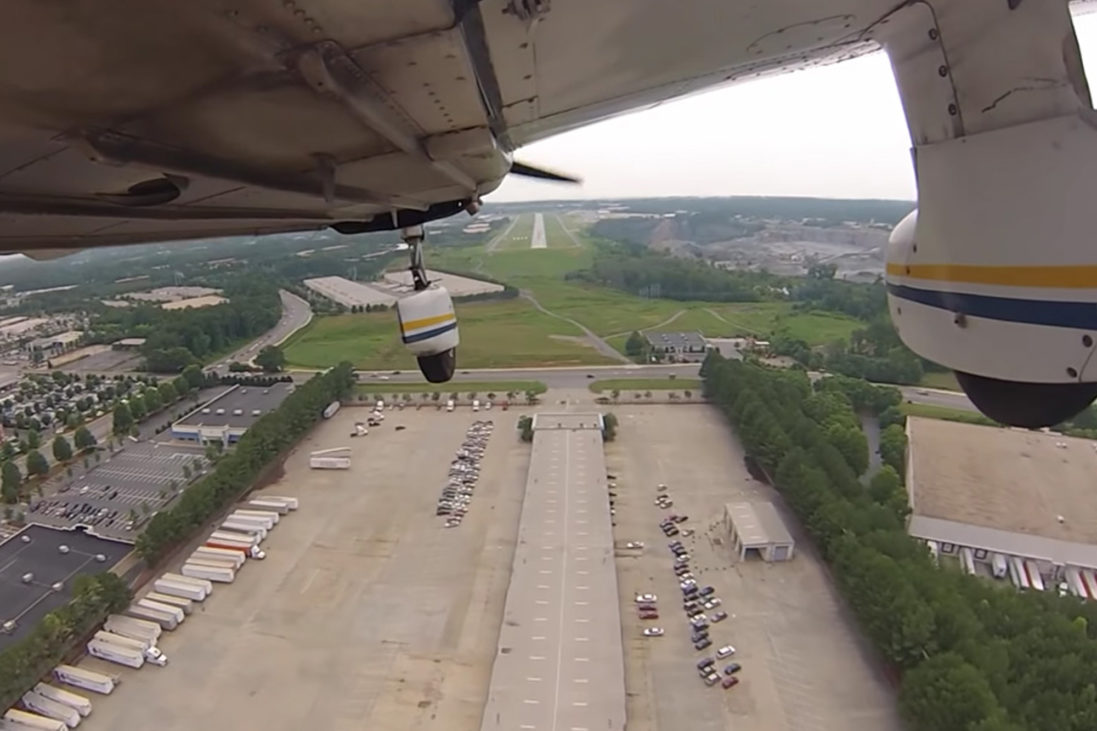
August 28, 2018
The FAA is shining a light on the challenges of wrong surface events – incidents that occur when an aircraft takes off from or lands on an incorrect runway, taxiway or at a wrong airport.
“I’m asking each of you to make this a priority,” FAA Acting Administrator Daniel K. Elwell told the industry and government stakeholders at the one-day FAA Safety Summit on Aug. 21 in Leesburg, VA.
The FAA has identified these types of incidents as one of the top five hazards in aviation. Of the 596 wrong surface landing/approach events from fiscal 2016 to fiscal 2018, 86 percent involved general aviation aircraft.
One incident highlighted was the Aug. 27, 2006, Comair crash in Lexington, KY, with 49 fatalities, when a regional jet took off on the wrong runway that was too short.
“It strikes me as a little bit odd, that here we are 12 years later,” and still talking about some of the same issues the industry has known about for a long time,” said Mitchell Serber, chief of safety – executive flight operations, The Boeing Company, and a member of the NBAA Safety Committee.
“If you break it down, it’s man, machine, environment – and a lot of these things are things that can happen at any airport, to any pilot, in any condition – day, night,” added Serber, who was the chair, airport and ground environment group at the Air Line Pilots Association at the time of the Comair crash. “So it’s a very complex problem.”
Teri L. Bristol, chief operating officer at the FAA’s Air Traffic Organization, said that despite the attention aimed at curtailing wrong surface events, they continue to happen. “We’ve had some close calls, and we’re very concerned,” she said.
Pilots need to be aware that the probability of being involved in a wrong surface event is highest when operating in visual conditions, as more than 90 percent of these events happen during daylight hours and most with visibility greater than three miles. Richard McSpadden, executive director of the Aircraft Owners and Pilots Association Air Safety Institute, emphasized the need to focus on four key pillars: training, equipment, culture and proficiency to address wrong surface challenges.


 International Business Aviation Council Ltd.
International Business Aviation Council Ltd.